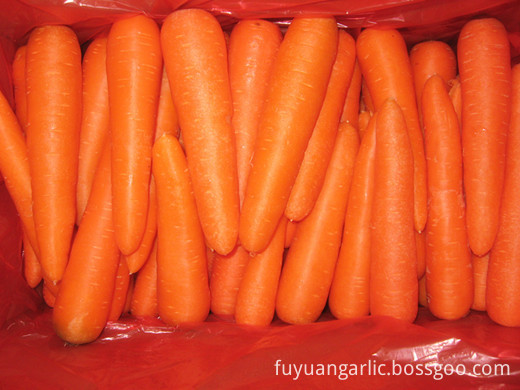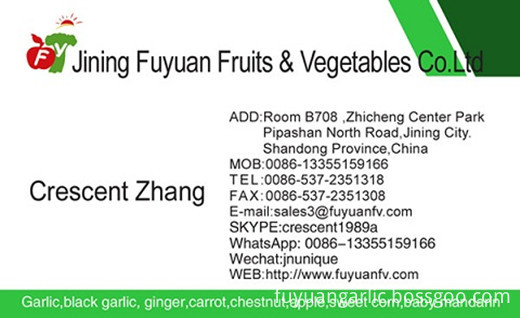Japanese pumpkin early spring cultivation techniques
Japanese squash, also known as Western squash, is a new kind of vegetable pumpkin imported from Japan, South Korea and other places as a high-quality pumpkin in recent years. This kind of pumpkin has tight and delicate fleshy texture, sticky or silty, excellent flavor and small fruit size. Generally, when it is harvested as a vegetable, its single fruit weight is 1 kilogram; ripeness is early, and the result is stable, it is a greenhouse cultivation facility. A major vegetable species.
I. Requirements for the growth and development of Japanese pumpkins on environmental conditions
Japanese squash belongs to a thermophilic crop, its growth temperature is about 25-28°C, and its high temperature resistance is lower than ordinary pumpkins. At a high temperature of 32°C, poor growth occurs. Japanese pumpkin has good low temperature resistance, and the minimum temperature for growth and development is 6-8°C. The normal flowering can be achieved at 15°C. But above 38 °C these pumpkins can not develop normally.
The roots of pumpkins are well-developed, and they form a large root group at the late growth stage. The main roots are up to 100 cm deep, and most of the roots are distributed around 15 cm. Pumpkin is a short-day crop, lower temperatures and short days can promote the production of female flowers. Generally in the spring, early sowing can be early flowering, most varieties of spring sowing, the main vine can be about 13-14 Festival can open female flowers. Japanese squash has a high requirement for sunshine. Under low light conditions, the leaves are pale yellow, often with melon, and attention should be paid.
Second, cultivation technology
1. Variety requirements
Japan's Hui Bishou, Taiwan's Dong Sheng, South Korea's Jin Yuan, Shanghai's Tian Fu, Hunan's Jin Li, Zhejiang's Gan Li and so on.
2. Sowing seedlings
Cultivation in the greenhouse in the Yangtze River valley can generally be started in late December and planted in February. Small shed cultivation can be sown in late January-early February and planted at the end of March. Soak the seed for 24 hours before sowing and then germination. When germination, the seeds are covered with a wet towel and placed in a hotbed at 25-28°C. When the buds are 3-4 mm long on the third day, they are planted into pre-prepared seedlings (10-12 cm in diameter). . It can also be sowed directly after soaking in nursery pots and nursery in the hotbed. The temperature of the seedbed is controlled at about 25-28°C, and then a small arch shed is used to keep warm and moist to promote seedlings. After emergence, gradually reduce the temperature to 20-25°C during the day and 15°C at night. When there are two to three true leaves in the young seedlings, the distance between them should be increased to prevent the seedlings from growing. At this time, the seedlings will enter the flower bud differentiation period. If the seedlings are covered with shade net at 16 o'clock to 8 o'clock the next day, Decreases the occurrence of female flower nodes. Seedling age 40-45 days, seedlings with 4-5 true leaves when planting.
3. Site preparation base fertilizer
Land preparation should be completed 7-10 days before planting. Each standard shed was applied with 600 kg of decomposed organic fertilizer, plus 25 kg (15—15—15) of ternary compound fertilizer as basal fertilizer, and then used as basal fertilizer. Usually made into a 120 cm wide and 60 cm wide aisle. Prepare three sheds per shed, paving the drippers and mulch in advance, and wait for the soil temperature to rise after deducting the small arches.
4. Colonization
Before planting, the seedbeds were treated with 75% chlorothalonil or 70% mancozeb manganese once, and 3-5 compound fertilizers were placed in each nutrient pod to achieve colonization with the fertilizer. The scaffolding growers usually plant 2 rows per plant, with a 50 cm spacing, and 300-400 plants per standard shelter.
5. Field management
(1) Temperature Management
Within 7 days after the general colonization, the small arch sheds were sealed and managed to raise temperature and promote seedling growth. After the seedlings, keep 25-28°C during the day and 15-18°C during the night. Above 32 °C, ventilation should be reduced.
(2) Plant Adjustment
Hang on a 60 cm stretch. Use upright blue stands or "human" stands to promote crossovers. Timely pruning, depending on the density, there is a vine, there is also a main side. Each plant generally leaves 3 melons and picks the heart after leaving 8 leaves at the top. In addition, the old leaves of the plant's base should be removed before and after the head of melons are harvested in order to improve ventilation and light transmission and reduce disease.
(3) fertilizer and water management
In the pre-growth stage, only the root fertilizer (1% urea solution or 10% decomposed manure) was planted and the fertilizer was no longer applied. After the head of the melon has settled, fertilizer should be applied in time, 7 kg/standard shed. After the head melons are harvested, 3-5 kg ​​compound fertilizer is applied and fertilization is applied depending on the situation.
(4) promote fruit setting
General artificial pollination is performed. When the pollination time comes out in the morning sun, the male flower can carry out pollen discharge. In the early spring, it is also possible to use 0.004% anti-dropping agent to promote the results.
(5) Pest control
The main diseases of Japanese squash are the previous stage of damping-off, and there are viral diseases, sclerotia, and powdery mildew in adult plants. Insect pests include locusts, thrips, red spiders, and ground tigers. Should be promptly controlled.
6. Harvest
Generally, pumpkins need a certain amount of growth and development to accumulate enough sugar to achieve quality characteristics. In addition, the harvest period should also consider the market conditions, plant growth status, etc., in order to achieve better economic benefits.
Fresh Carrot ,temperature: Carrot is a semi-cold crop. Its cold resistance and heat resistance are stronger than radish. The open cultivation in our city can safely winterize. Carrot seeds can germinate at 4~6°C, but the most suitable germination temperature is 20~25°C; optimum temperature for growth: 18~23°C during the day, 15~18°C during the night, growth retardation above 25°C, stagnation under 3°C Grow. Moisture: Carrot roots are well developed, the leaves are 3 to 4 pinnate, leaf area is small, water loss is less, so it is more drought-tolerant.We also supplied Fresh Ginger ,Air Dried Ginger , Fresh Garlic , White Garlic ,red garlic. Sweet Corn , Fresh Taro , Fresh Baby Mandarin, Fresh Red Grape, Fresh Pomelo , Fresh Ya Pear Chaotian Chili, Paprika Powder , Fresh Apple and so on.


Fresh Carrot
Fresh Carrot,Red Carrot,Bulk Fresh Carrot,Fresh Farm Carrots
Jining Fuyuan Fruits And Vegetables Co., Ltd. , https://www.fuyuanfv.com